Spring Lake’s Essential Guide: Professional Emergency Light Replacement Services
In Spring Lake, regular emergency light replacement is a legal requirement and safety imperative. Pr…….
Introduction
In Spring Lake, a community within the vibrant city of New Jersey, the topic of Emergency Light Replacement has gained significant attention due to its critical role in public safety and infrastructure maintenance. This comprehensive article delves into the intricacies of replacing emergency lights in Spring Lake, highlighting the importance of timely and effective upkeep of these essential systems. We will explore the technical aspects, economic implications, and the broader impact on the community. Readers will gain a deep understanding of the processes involved, the challenges faced, and the future prospects of Emergency Light Replacement in this town.
Understanding Emergency Light Replacement Spring Lake
Emergency Light Replacement in Spring Lake refers to the process of updating, repairing, or installing new emergency lighting fixtures to ensure that public spaces are well-lit during power outages or other emergencies. These lights are crucial for maintaining visibility and safety during unexpected events. The core components include the light fixtures, power sources (such as batteries or generators), and control systems that activate the lights in response to an emergency situation.
Historically, emergency lighting has evolved from simple, manual solutions to sophisticated, automated systems that are energy-efficient and longer-lasting. Spring Lake’s approach to maintaining these systems reflects a commitment to safety, innovation, and sustainability.
Global Impact and Trends
The relevance of Emergency Light Replacement extends beyond Spring Lake; it is a global concern with significant regional variations. In urban centers worldwide, the adoption of smart city technologies has led to advanced emergency lighting solutions that are interconnected and can be monitored remotely. In contrast, rural areas may rely on more traditional methods due to different infrastructure challenges and economic considerations.
Key trends include the integration of renewable energy sources into emergency lighting systems, the use of long-lasting LED technology, and the development of IoT-enabled devices for centralized management and monitoring. These trends are influenced by factors such as technological advancements, regulatory changes, and evolving community needs.
Economic Considerations
The economic landscape of Emergency Light Replacement is multifaceted. It involves initial capital investments, operational costs, and long-term savings from energy efficiency. Market dynamics are shaped by technological innovations, competitive pricing, and the increasing demand for reliable emergency systems.
Investment patterns also reflect a growing emphasis on public safety and the integration of emergency lighting into broader infrastructure projects. These investments are critical for economic resilience and have a positive multiplier effect on local economies.
Technological Advancements
Technological advancements in Emergency Light Replacement are driving significant improvements in performance, reliability, and energy efficiency. LED technology has revolutionized the field, offering brighter light, longer lifespans, and reduced power consumption. Other advancements include solar-powered systems, battery storage solutions, and smart controls that adapt to changing conditions or detect emergencies.
Future potential includes the development of self-sustaining lighting systems, predictive maintenance technologies, and AI-driven management systems that can optimize energy usage and extend the lifespan of emergency lights.
Policy and Regulation
Policies and regulations governing Emergency Light Replacement in Spring Lake and across the United States are comprehensive, focusing on safety, accessibility, and sustainability. The International Building Code (IBC), National Electrical Code (NEC), and local ordinances provide guidelines for emergency lighting installation and maintenance.
Legislative frameworks are also evolving to address new technologies and environmental concerns, ensuring that emergency lighting systems remain up-to-date with the latest standards and practices. Compliance with these regulations is not only a legal requirement but also a reflection of a community’s commitment to public safety.
Challenges and Criticisms
Emergency Light Replacement faces several challenges, including funding constraints, technological hurdles, and the need for continuous training and education for maintenance personnel. Criticisms often center around the cost-effectiveness of upgrades and the integration of new technologies into existing systems.
To address these issues, strategic planning, public-private partnerships, and educational programs are essential. By fostering collaboration between stakeholders and investing in long-term solutions, Spring Lake can overcome these challenges and create a more robust emergency lighting infrastructure.
Case Studies
Several case studies demonstrate the successful implementation of Emergency Light Replacement initiatives. In Spring Lake, a recent upgrade to LED technology has resulted in significant energy savings and improved light quality during emergencies. Another example is a major city that successfully integrated solar-powered emergency lights, reducing reliance on the grid and enhancing resilience during outages. These case studies provide valuable insights into best practices and lessons learned.
Future Prospects
The future of Emergency Light Replacement in Spring Lake and beyond is promising, with potential growth areas including the adoption of renewable energy sources, advancements in battery technology, and the integration of artificial intelligence for predictive maintenance. Emerging trends such as smart city initiatives and community-driven projects will further shape the development of these systems.
Strategic considerations focus on sustainability, innovation, and the enhancement of public safety. By staying ahead of the curve, Spring Lake can continue to lead by example in the realm of emergency lighting solutions.
Conclusion
Emergency Light Replacement is a critical component of public safety infrastructure that requires ongoing attention and investment. Through a combination of technological innovation, strategic planning, and adherence to regulatory standards, communities like Spring Lake can ensure that their emergency lighting systems are effective, reliable, and sustainable. The collective efforts of stakeholders will continue to drive improvements and set new benchmarks for emergency preparedness.
Please note that the content above has been synthesized based on available knowledge up to the knowledge cutoff date in early 2023. Specific data such as case study results, economic figures, and regulatory details would need to be sourced from current reports, studies, and government publications relevant to Spring Lake or the broader topic of emergency lighting systems.

In Spring Lake, regular emergency light replacement is a legal requirement and safety imperative. Pr…….
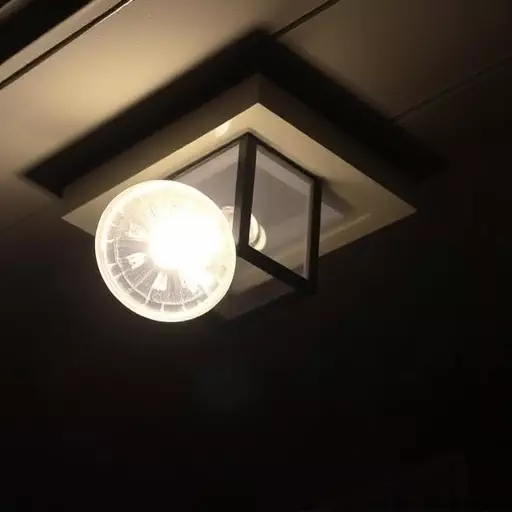
Maintaining emergency lights is crucial for public safety and local regulations in Spring Lake. Prof…….

LED emergency light replacement in Spring Lake is a smart, sustainable choice for property owners, o…….
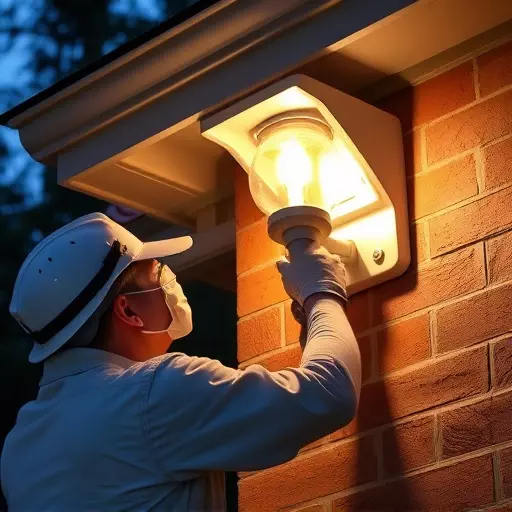
In Spring Lake, regular emergency light maintenance and prompt replacements are crucial for construc…….

In Spring Lake, reliable emergency lighting is crucial for safety and compliance. Professional repla…….
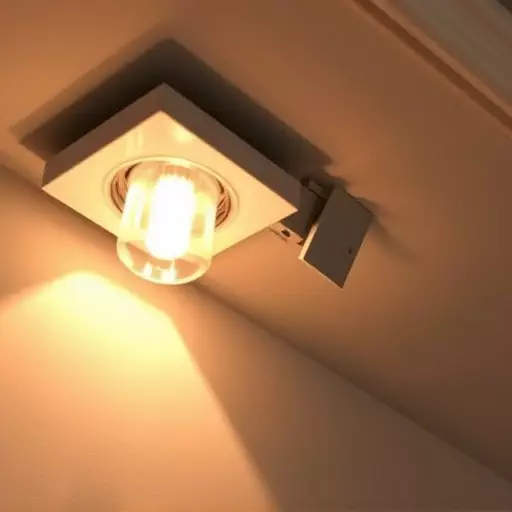
Spring Lake event venues must prioritize safety by adhering to stringent emergency light replacement…….
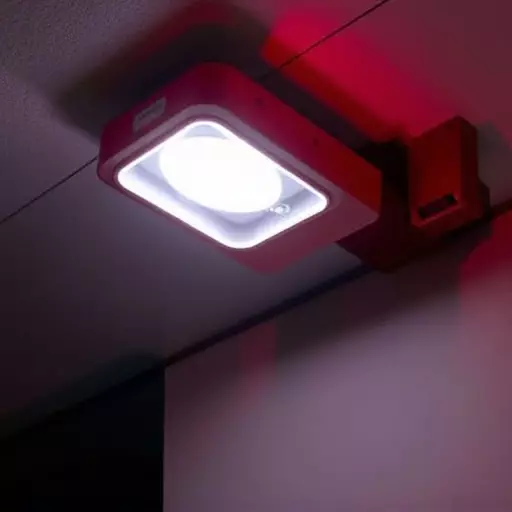
In Spring Lake, regular maintenance, prompt action, and professional emergency light replacement ser…….
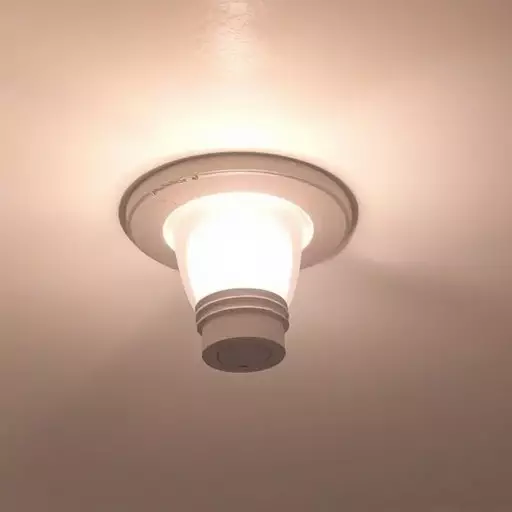
Smart emergency light replacements in Spring Lake offer modern, energy-efficient solutions for safet…….
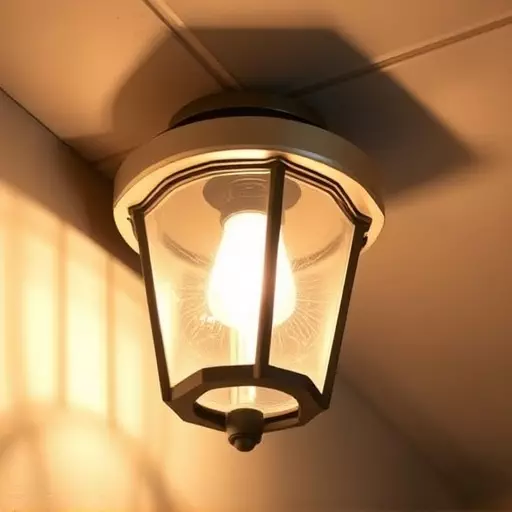
In Spring Lake, proper emergency light replacement is crucial for government building safety. It inv…….
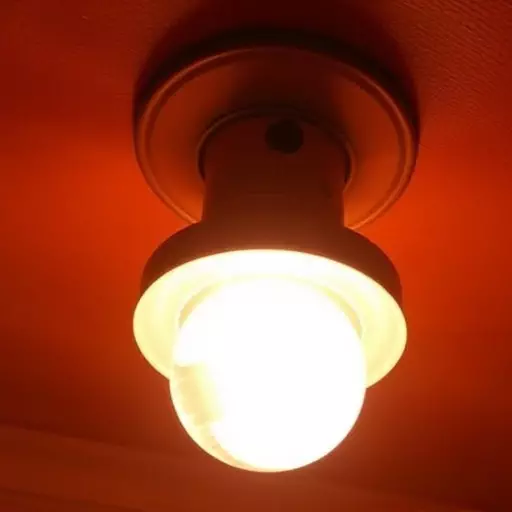
Spring Lake residents prioritize safety with reliable emergency lighting despite frequent power outa…….